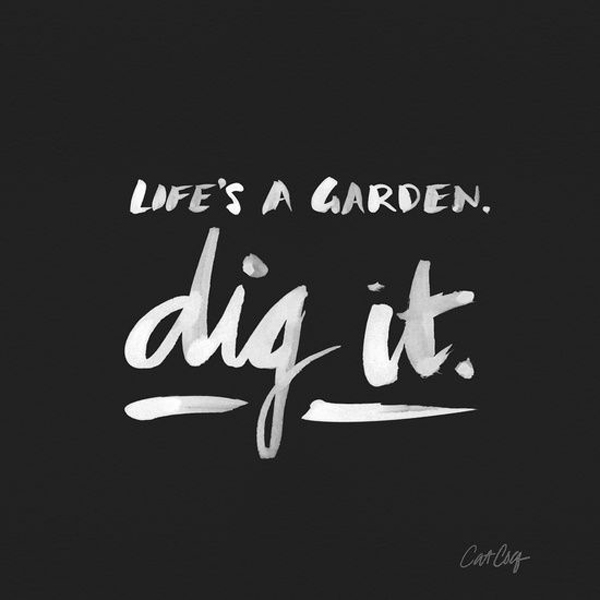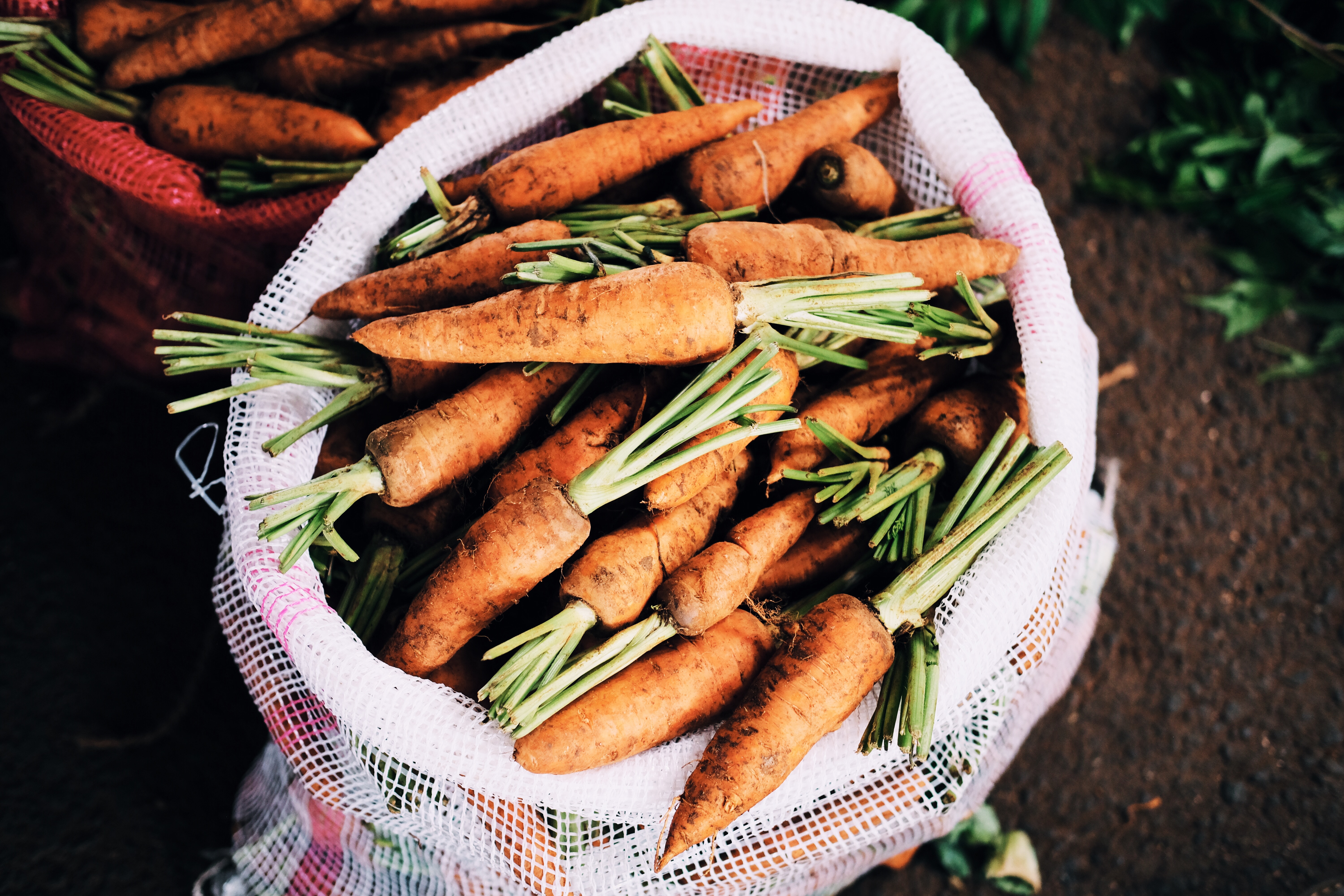Spring is in the air – kind of – so that means it’s time to start thinking about planting our garden. Some people prefer to buy small plants and transplant them into their home garden, but we’re old school. We love planting vegetables (and sometimes flowers) from seeds and watching them grow.
I know what some of you are thinking – that’s hard work! Well, I’m here to tell you that you’re wrong. Planting vegetables from seeds is just as easy as buying the plants, and it’ll save you some money too. A big reason we want to be planting from seeds is also the sense of accomplishment that comes from knowing you did built your garden from the ground up – pun intended!

Seeds
First things first, you need to figure out which seeds you want to purchase and where to get them. Sometimes it can be overwhelming to look through all the seed packages, some saying organic, some saying heirloom. What does all that stuff mean? Well let’s break it down for you.
Organic: This refers to the specific way plants and seeds are grown. Usually this means no synthetic fertilizers and pesticides.
Heirloom: This refers to open-pollenated seeds from seed-grown plants. The important characteristic about heirloom seeds is that their seeds can be saved from season to season.
Time & Location
Some seeds need to be planted a little earlier than others. For example, tomatoes are usually grown indoors first (especially if you live where there is a colder climate). We tend to plant ours 4-6 weeks before the last frost, in mid-March. Once it get warm enough and the plants are strong enough then it’s time to transplant them directly into your garden.
It’s important to think of location when it comes to gardening. Your garden needs to be located where it will get direct sunlight for at least a large part of the day. We were not so fortunate in this sense because our backyard is almost always shaded. Last year, we decided to rent some land at the local YMCA and planted all of our vegetables over there. This year, we have a different plan, but we’ll wait to share that with you all a bit later.
Garden Plan
We highly recommend mapping out your garden before you start planting. Mapping it out will help you make sure you have enough space for all the different vegetables you want to place. It will also let you think ahead so that you aren’t planting two different vegetables next to each other that will need extra room to grow. For example, we always plant our cucumbers on one of the outer edges of the garden. This way they will have enough room to vine out of the garden without damaging the other vegetables in the garden bed.
The glory of gardening: hands in the dirt, head in the sun, heart with nature. To nurture a garden is to feed not just the body, but the soul.
— Alfred Austin
What kind of vegetables are you planning to grow in your garden this year? Let us know in the comments below!

